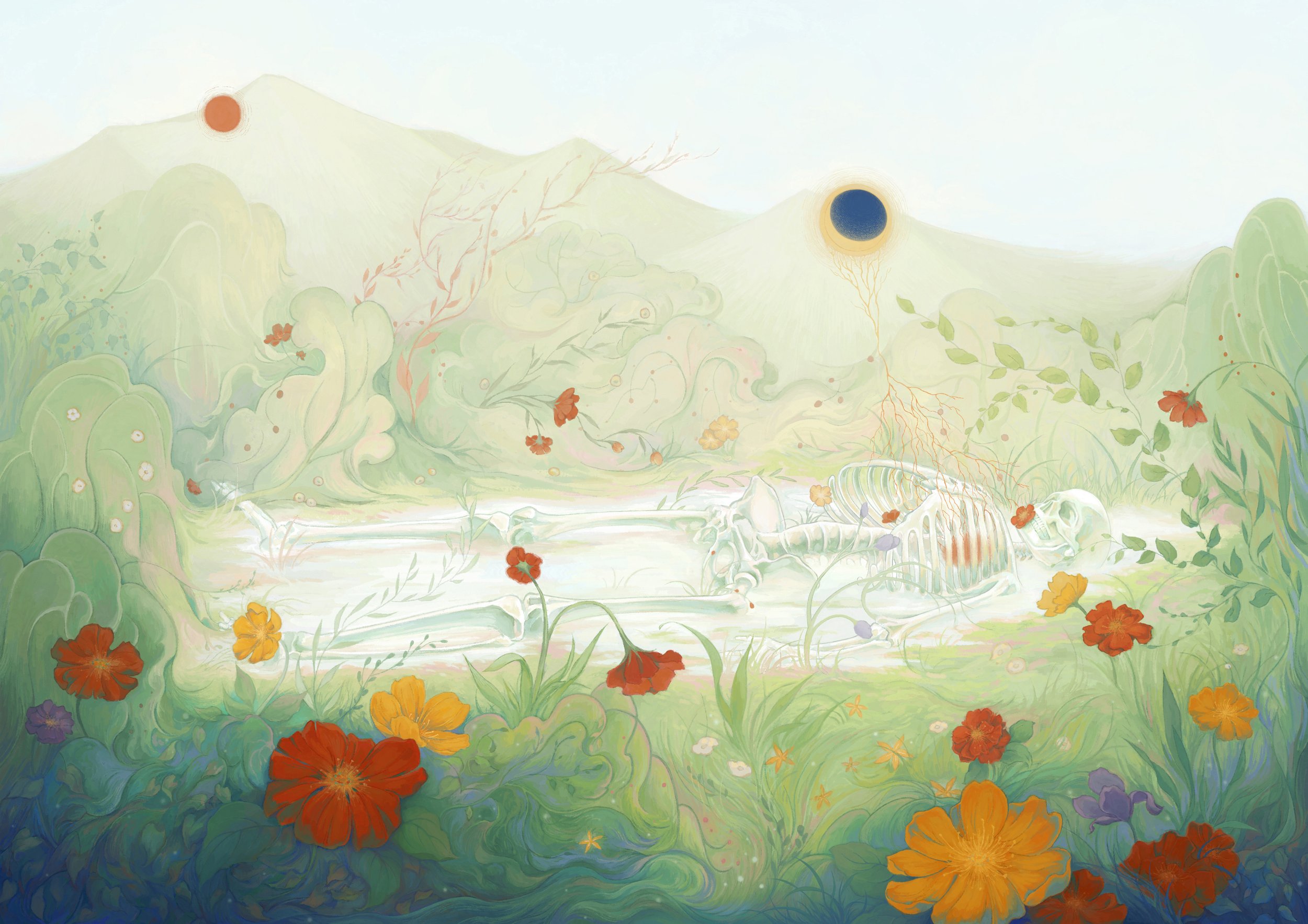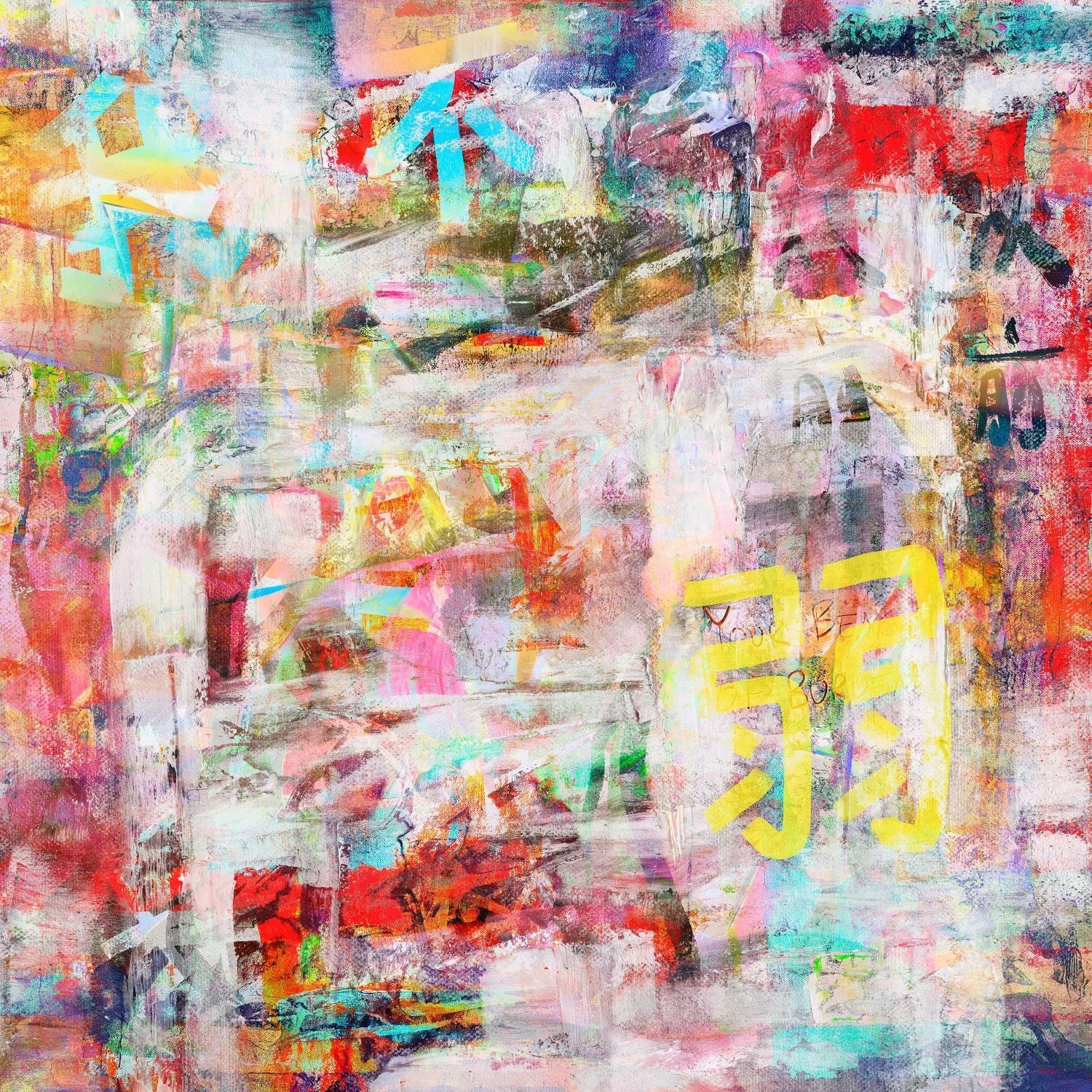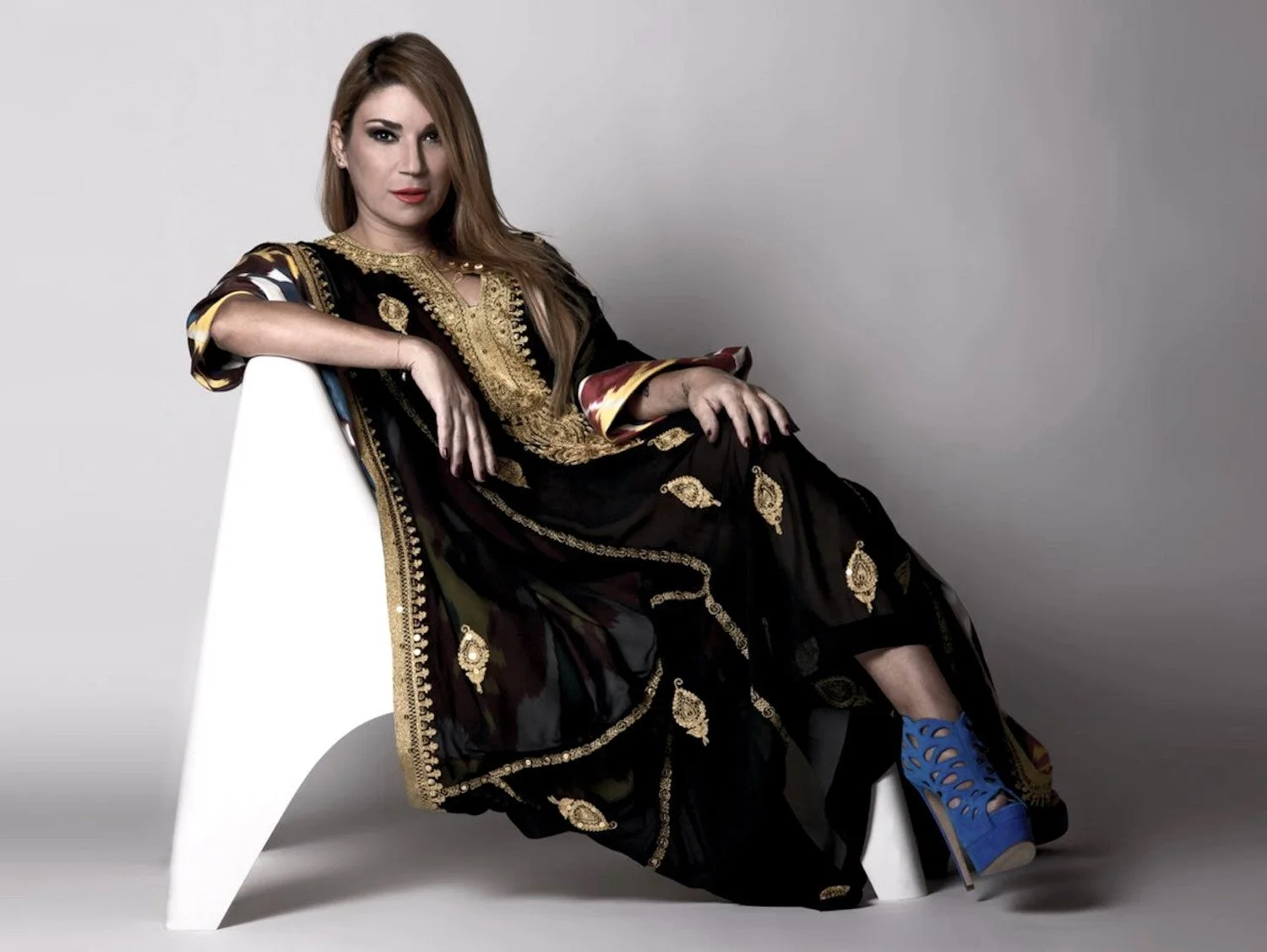INTERVIEW | Jiayin Song
10 Questions with Jiayin Song
Jiayin Song was born in Shanxi, China. As a kid, she has been told that she is artistic but funny enough, she never explored visual art. Instead, she was trained to be a professional dancer for more than ten years; however, life can never be too smooth. Due to an accident, she had to change her major, and that’s when she made the bold decision to travel to the US to study art. In 2016, she took her first drawing class at Santa Ana College. Starting with graphic design, then studio art, as I discovered my love for traditional mediums. After SAC, she transferred to Laguna College of Art and Design (LCAD), graduating in illustration with a minor in entertainment design. At LCAD, she received a more in-depth education in art and developed her art aesthetic and vision. Over the years, she became more confident in calling herself an artist, and she fell in love with plein air painting and background art for animation, which is what Jiayin is focusing on right now.
Jiayin Song - Portrait
ARTIST STATEMENT
Jiayin Song is a background and visual development artist from China, currently based in SoCal. Her inspiration comes from a variety of animated shows and movies that capture a sense of nostalgia, magic, and sentimentality through the visuals. Her work focuses on storytelling, creating magical but believable illustrations that capture similar emotions. Working in series, she expands on developed stories and creates multiple story moments as if each painting is a little screencap from the show. Through experimentation with various techniques, textures, and forms, she strives to strike a perfect balance in design by stylizing backgrounds and incorporating suitable props. For the past two years, she has been active in the plein air community as well, showcasing her work in several gallery shows and earning recognition for her paintings. She explores the world through her art, depicting a bright, bubbly, and whimsical vision that reflects her connection with nature and the world.
Fish market, digitall 15x10 in, 2022 © Jiayin Song
INTERVIEW
Let's talk about yourself first. Why are you an artist, and how did you become one?
I have an interesting story to share. When I was younger, my goal was to become a dancer, and I was trained for more than thirteen years to achieve that dream. Unfortunately, during one of my training sessions, I broke my ankle and had to take a break from dancing for almost half a year to recover. During that time, I spent hours thinking about my future. The thought that I knew nothing else other than dancing scared me because many subjects were only briefly covered, as they were not deemed relevant for those pursuing a dance career. However, I have always been an inquisitive and bold person, and I won't let anything hold me back. That's why I began exploring other potential majors, seeking out other disciplines that could satisfy my curiosity and thirst for knowledge. Between 2014 and 2015, many Chinese international students shared their experiences of studying in the US through vlogs. This caught my attention and made me excited about the idea of studying and living in a different country. However, at the time, I barely spoke English. Looking back, I was both brave and naive, so despite my lack of English proficiency and artistic background, I decided to pursue a degree in graphic design in 2016 at Santa Ana College. I chose art because I have always been interested in crafting, styling, and creating things. Also, I had to say that art was so much less physically demanding. After two years of studying graphic design, I discovered my passion for illustration because I went to the Art Center's grad show in 2018 and was greatly inspired by their work. After seven years of hard work and practice, I finally achieved my dream of becoming a professional artist, specializing in illustration and entertainment design.
Sunken boat, digital, 15x10 in, 2023 © Jiayin Song
You were initially trained as a dancer but later had to change your career path. What inspired you to transition from professional dance to pursuing a career in visual art?
The accident was the trigger, but at the same time, I needed a change from the dance world and the exhausting daily training that came with it. When it comes to other options, art was my top choice. Although I had never taken any art classes, I was always considered to be artistic. I used to spend my free time creating eraser stamps and DIY accessories and could spend hours perfecting them. Art, to me, is enjoyable, and I believe any career has to grow based on interest, so even though I knew that visual art requires a great deal of patience and dedication, I had faith in myself to achieve that. This initial drive led me to pursue my art career, and I know when I make a major decision, I will commit fully because there is no plan B.
How did your experience studying art in the United States shape your artistic style and vision?
My first drawing class at Santa Ana College was a lot of fun, thanks to an encouraging and supportive professor. Although there was a lot of homework, the teacher was never too strict about the quality of our work. Looking back at my old drawings, I can see that there were many places for improvement in terms of line quality and shapes. I think I am more critical than my professor, but he understood that art takes time and patience to improve and was always able to provide constructive feedback to help us make progress. Most of the classes I took gave me a lot of freedom in terms of style and subject matter, which I greatly appreciated. In school, I was introduced to various styles and techniques that expanded my vision of art and helped me to approach my work in new ways. To me, the creating process should be open-minded and never limiting. That mentality influenced how I teach my students as well; I try to give them more room to explore rather than restrict their creativity.
Night Toony Street, digital, 22x9 in, 2022 © Jiayin Song
Railroad crossing, digital, 28x11 in, 2022© Jiayin Song
And how would you define yourself as an artist nowadays? Did this definition evolve over the years?
I've been in the creative field for some time now. My role has definitely evolved over the years. I started as a graphic designer and painter, but now I consider myself a versatile illustrator and background artist. I see illustration as a broad term that encompasses most types of 2D picture-making. By calling myself an illustrator, I am able to expand my work radius and attract more clients. This includes advertising, web design, digital media, marketing materials, and children's book illustration, among others.
Why did you choose illustration specifically over other mediums?
It took me several years to figure out what I truly enjoy doing. I went through different stages, starting from graphic design and studio art, and then moved on to illustration with an entertainment design minor. When I had to choose my major, I found the curriculum of illustration particularly interesting as it covered almost everything that I am curious about. Therefore, it became an excellent opportunity for me to test out my interests and find out what I love doing as a career. The illustration program included graphic design, traditional drawing and painting, digital art, applied art illustration, etc. I was able to take advantage of the electives to explore other majors' courses that aligned with my goals as well. It was during this time that I discovered my passion for illustration.
Plant shop, gouache, 5x7 in, 2023 © Jiayin Song
What messages are you trying to communicate with your art? And what do you think differentiates your approach from others?
I don't usually focus on sending messages with my artwork. Each piece has different meanings and intentions, depending on whether it's for animation or an independent project. What I consider the most important is the purpose of the piece. Sometimes, the purpose could be to make the food in a painting look as tasty and yummy as possible with the use of colors and textures. Other times, my work can dive deeper into social conversations, such as "what family means" and what symbols and motifs I can use to best represent my thoughts. What sets my work apart from others is the unique combination of colors and techniques. In terms of my creative process, I don't follow a specific formula. Instead, I tend to switch things up and fully utilize my tools to create new color schemes and experiment with various techniques. My style is heavily influenced by my personality, which is why my work is always vibrant and colorful. Eventually, I want people to recognize my work easily when they see it, like, "Hey, that's definitely one of your pieces!"
Your artist statement mentions capturing nostalgia, magic, and sentimentality through your work. Can you elaborate on how you infuse these elements into your illustrations?
Art is a subjective form of expression, and I believe that my experiences and emotions greatly influence my creative output. When I make art, it's not just the present me at work but also the past me with a sense of nostalgia. It's like the flashback we all once felt with heartwarming moments from our lives. Also, I've noticed that I bring my emotions into my work, like how my brushstrokes and color choices would change based on how I was feeling at that moment. In terms of "magic," the harsh reality is already here, so why not add a little twist to my unique creation to enter the colorful but little wonky world for a bit?
LA city, gouache, 5x7 in, 2023 © Jiayin Song
Yellow block, gouache, 5x7 in, 2023 © Jiayin Song
Could you share more about your storytelling process through your artwork and how you develop series that convey different story moments?
It starts with intentions and purposes. In the beginning stage of every piece, I write down what I want to depict in one or two sentences and then brainstorm the elements that could help me achieve it. Once I have a basic idea, I draw a few thumbnails to test out different angles and perspectives and go from there. To create a relatable illustration, I put myself in the character's shoes. If I am painting a bedroom scene, I consider the character's personality and what they would have in their bedroom. I think about what bedsheet color or pattern would best fit them and what props they would have on their desk. In my opinion, brainstorming is the most enjoyable and critical stage in creating a story-oriented illustration. When working on a series, once I have one painting down, I imagine myself as the cameraman. Where would I put my camera to show more of the story? High or low, close up or wide shot as different camera angles set different tones for the story. After that, I'll finish the rest of the paintings based on the original design.
What do you think of the recent introduction of AI-generated content? Do you feel threatened as an artist by these new technologies?
It is mind-blowing how powerful AI is, and how fast it has been updating and correcting errors (such as the finger numbers). It could be an excellent tool for art creation in its early stages, as it can provide multiple variations in seconds. However, the AI protest is happening because it is not regulated, and it has been taking artists' work without consent. It became a big copyright problem when people use AI to create artwork that is based on one person's style and say it's theirs. I believe the argument here is that when an artist creates art, they use their fundamental knowledge to interpret what they see and turn it into artwork; however, on the contrary, when AI creates art, it does so by mixing and learning from existing data and finished artworks by artists. There is no thinking involved but copying.
I do feel a bit threatened, but every trend or movement has its end and its cycle. It's quite common to see non-art business owners using AI-generated branding materials, but it's easy to tell the difference between human-made art and AI-generated pictures. Plus, the result of AI-generated content is not as appealing as an actual designer's work. I believe people will realize that we don't want to fill our world with soulless AI-generated art. People's vision makes it unique, AI art is not what we want.
Waves, gouache, 5x7 in, 2022 © Jiayin Song
And lastly, what are your plans for the future? Do you have any exhibition or collaboration you want to share with our readers?
I am spending half of my time creating my portfolio for future opportunities that offer visa sponsorship. However, since the animation industry is not doing well at the moment, I am focusing on gallery shows and exhibitions. I currently have a piece on display at Hive Gallery for their "Fresh Honey" show, which will be exhibited until March. The other half of my time is spent creating handmade gifts using air-dry clay. As my ultimate goal is to become a successful entrepreneur, I invested some time in researching my target audience and developing my brand, which is called @limiaoya, on Instagram. If you go check it out, don't forget to say hi!
Artist’s Talk
Al-Tiba9 Interviews is a promotional platform for artists to articulate their vision and engage them with our diverse readership through a published art dialogue. The artists are interviewed by Mohamed Benhadj, the founder & curator of Al-Tiba9, to highlight their artistic careers and introduce them to the international contemporary art scene across our vast network of museums, galleries, art professionals, art dealers, collectors, and art lovers across the globe.























